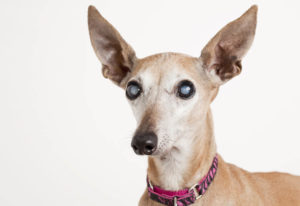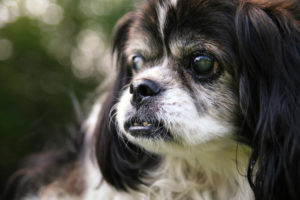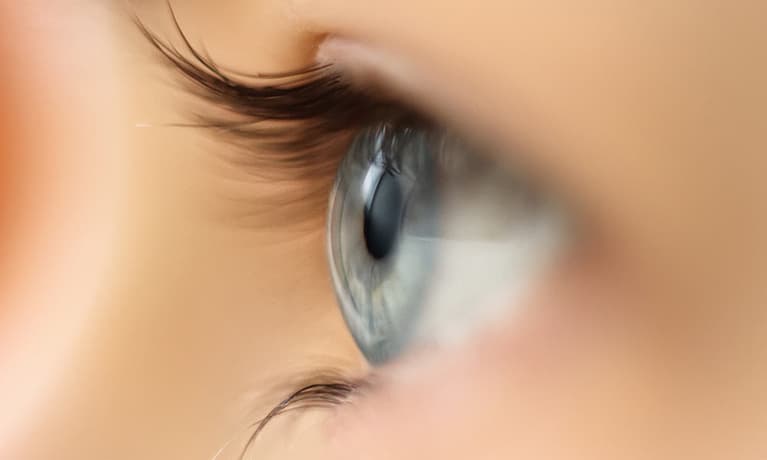We dog owners have all been there – the dog is barking insanely, so you get up to investigate and find it was just a bird outside the window. I am so used to this by now, I just assume the cause of the commotion is a small animal or a pedestrian walking by. Last week I was visiting my parents when I noticed their 13-year-old dog barking at the wall directly in front of his face. “What the…? Why is she barking at the wall?” I asked my father. I walked over and looked at Jackie (said dog) and there they were, as white as snow – cataracts.


Not all animals with cataracts need surgery. Keep in mind that unlike humans, many animals rely on other senses more heavily than sight…cataracts that might prevent a human from driving safely may not be a significant hindrance to a dog. A veterinary ophthalmologist can help determine whether surgery is the right choice for your pet. The surgery itself is VERY similar to how surgery is approached in a human eye. The cloudy lens is taken out and an intraocular lens is implanted. It is expected that the vision will return back to what is was before the onset of cataracts. Science is AWESOME!! If you are like me and your beloved pets are aging famliy members, know that cataract surgery may offer the possibility of a better quality of life!
Good Health,
Paula
Just like humans, dogs can develop cataracts as they age. You may have noticed that your pet’s eyes have a yellow or grey smoky clouding in the pupils (the black center of the eye). This is completely normal and starts to develop in most dogs around age 6. It’s called nuclear sclerosis and is the beginning of cataracts. In the early stages, cataracts have little effect on the overall vision. Over time, the cataracts can become very dense and cause significant vision loss, and can even lead to blindness.










